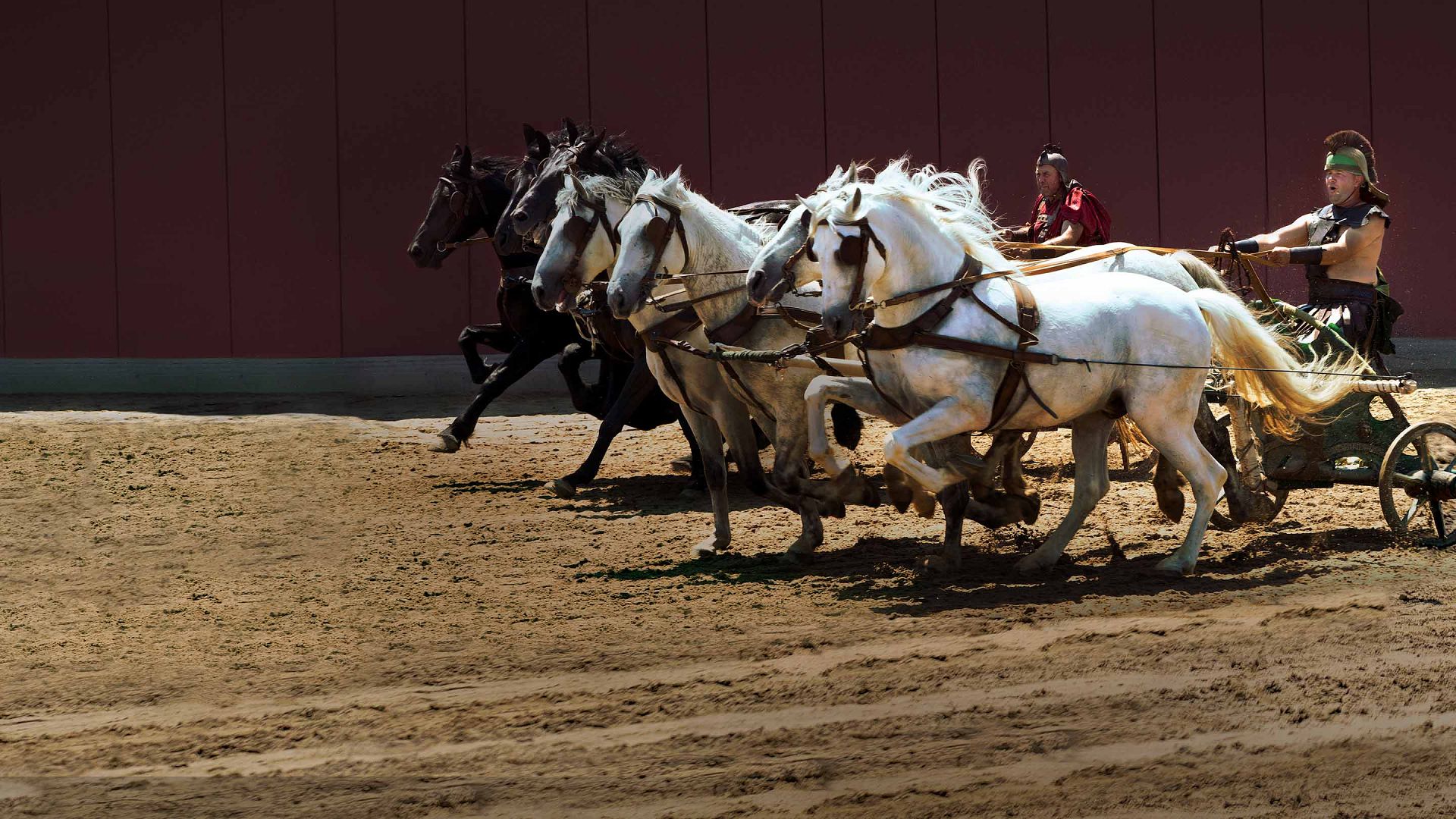


two 15-foot lashing ropes for the hauling lines.four 6-foot x 2 to 3-inch diameter spars for the ledger, transom, and cross braces (The ledgers can be 4 to 6 feet in length.two 8-foot x 2 to 3-inch diameter spars for the legs.The following is furnished for each patrol: If indoors, and the trestle is dragged, care should be taken to avoid scuffing the floor of the church fellowship hall or damaging the carpet. This interpatrol activity can be presented indoors or outdoors. But, to imitate an actual chariot to the fullest extent, the rider should grab a hold of a rope serving as the “reins” while two other Scouts act as “wheels” keeping the chariot upright, as patrol members pull the chariot like horses using two hauling lines tied to the transom at each leg.įrom: Scout Pioneering – Patrols in Action, by John Sweet Many times, when the chariot is dragged, the “charioteer” simply stands on the ledger and holds onto the transom, as patrol members grab onto any part of the trestle they can reach. One thing to note: depending on how the chariot is transported, it can be hard on turf, so think twice before dragging it on a nice lawn! That’s the very reason why one way to run it is to have the rider hold on as the trestle is literally picked up and carried by at least four patrol members. As stated, there are a variety of ways to run a chariot race. For that matter, in pioneering circles when we refer to a trestle, we mean the H-Frame, so there should be no confusion. This one uses an H-Frame Trestle, which is the basic component of many pioneering projects. The classic chariot race has been run in a variety of ways. light-hearted competition between Patrols”.the construction of a basic unit in mainline pioneering (the trestle).the immediate application of newly acquired skills (Square Lashing, Diagonal Lashing).A Chariot Race during an Introduction to Outdoor Leader Skills (OLS) Training SessionĪs stated by John Sweet in Scout Pioneering, “The chariot race originated at Gilwell in the early days of Leader Training and for many years was used on every Scout Wood Badge Course as a classic demonstration of B.P.’s method in action:


 0 kommentar(er)
0 kommentar(er)
